Cultivate Amarliys: [Care, Planting, Irrigation and Substrate]
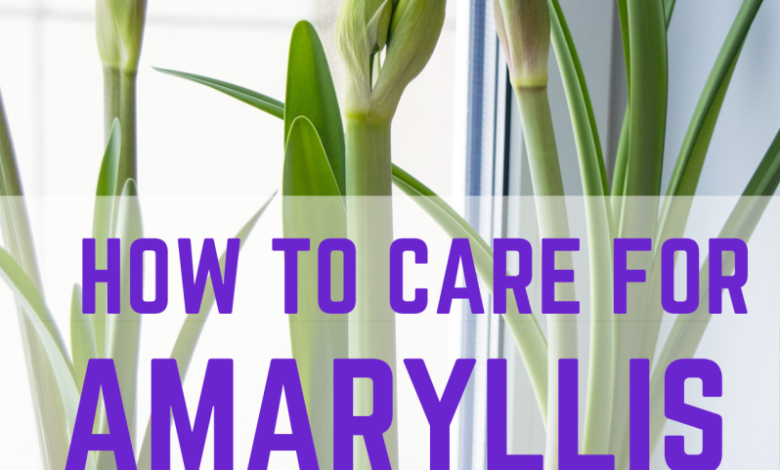
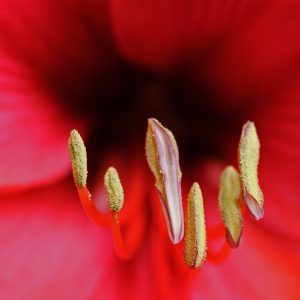 Amaryllis or Hyppeastrump, It is a plant with large flowers, bulbous, with more than 60 species and native to the American continent. We can find it on any Caribbean island and even in Argentina and Chile, in the most South American part.
Amaryllis or Hyppeastrump, It is a plant with large flowers, bulbous, with more than 60 species and native to the American continent. We can find it on any Caribbean island and even in Argentina and Chile, in the most South American part.
It is also obtained in southern Africa and is known as Naked Lady.
It is durable or perennial, a great advantage if we want to fill our interior spaces at home with color.
It measures between 40 to 50 cm in height, although there is a dwarf variety that only gives life to four flowers per stem.
Its large, imposing, trumpet-shaped flowers boast six petals and showy stamens. While its green leaves, of the ribbon type, are narrow and flattened.
They have extremely pretty colors.
There are varieties with yellow, red, pink, orange, white and even bicolor flowers, which appear before their admirers with the arrival of winter, prolonging the show until the end of spring.
Three to seven very durable leaves appear with an average size ranging from 10 to 60cm long and approximately 5cm wide.
A fundamental recommendation is that you take great care of pest attacks, because it is very likely to attract caterpillars, slugs and snails.
Spray them immediately with some natural insecticide (neem oil or potassium soap) as soon as you notice the presence of these unwanted tenants. Or do it preventively from time to time.
Did you know…?In ancient Greece, this flower symbolized the blood of the nymph Amarilys.
Temperature: Where to plant amaryllis?
 Can’t stand the cold.
Can’t stand the cold.
The ideal is that we have it around 20°C, which means that in winter you do not subject it to the stress of keeping it on a terrace or outside your house.
Nor at this time is it advisable to have it in hot places in the house, such as heating radiators on. That also affects her to death.
In spring and winter, it lives best in light and warm places. And the summer supports it well in outdoor spaces such as terraces but where the sun does not hit it directly. The same thing happens in the fall.
It should not receive sunlight either, it is better to have it in partial shade.
Luz: What needs does the amarilys have?
Although it comes from mostly temperate regions, you should not expose it to direct sunlight, because the flowers quickly suffer from heat and intense rays.
Take it to a lighted room, near a window will be fine.
Substrate and Fertilizer: How do we prepare the land?
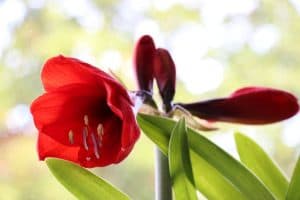 Preparing a good substrate with a smooth drainage system is wise to ensure long-term survival. She will settle for a substrate rich in organic material mixed with the soil, but not before forgetting that when you prepare the pot, you must place a layer of sand at the bottom to filter excess water.
Preparing a good substrate with a smooth drainage system is wise to ensure long-term survival. She will settle for a substrate rich in organic material mixed with the soil, but not before forgetting that when you prepare the pot, you must place a layer of sand at the bottom to filter excess water.
A substrate that is kept moist will always give a lot of life and radiant hues to leaves and flowers. This is the secret of its longevity.
Fertilizing every fortnight means keeping it healthy and colorful. Add without exaggeration, liquid fertilizer for flowers or very mild chemicals that contain magnesium and iron (iron sulfate for example).
This method of supporting the plant should be maintained until the leaves wither and the bulb accumulates enough reserves before the approaching winter period, when the fertilizer will again play a predominant role, because it uses up a lot of energy and needs to grow.
Irrigation: How and how often?
A very important point is not to abuse watering, because waterlogging rots your bulb. And in a pot, make sure that it is larger than the bulb of the plant, but not excessively.
In rest period, watering should be reduced. Its bulb is delicate and you must prevent it from being damaged or rotten.
amaryllis care
- Whichever method you choose, add substrate back to your Amaryllis after flowering.
- As the amaryllis bulb gets larger, you will need to increase the size of the pot. Make sure it’s still the correct size.
- Amaryllis bulbs will produce lateral bulbs, like daffodils. Carefully remove these bulbs and pot more plants. Give them a few growing seasons before it blooms.
- The flowers will last longer if the plant is kept in a cool place once it has flowered.
- If your amaryllis won’t go dormant, remove any remaining leaves and replant it.
- Keep an eye out for mites and mealybugs.
- The main reasons why Amaryllis does not bloom are lack of rest, lack of light during growth, and lack of nutrients in the soil.

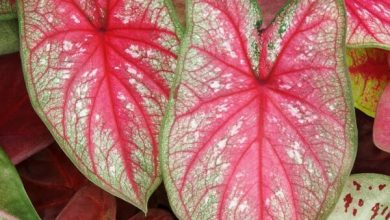
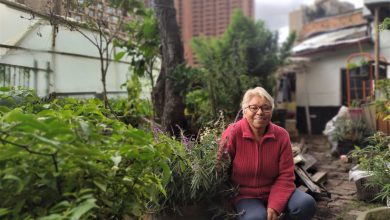
![Photo of Walnut Anthracnose: [Concept, Signs, Treatment and Prevention]](https://www.complete-gardening.com/wp-content/uploads/2022/08/walnut-anthracnose-concept-signs-treatment-and-prevention-390x220.jpg)
